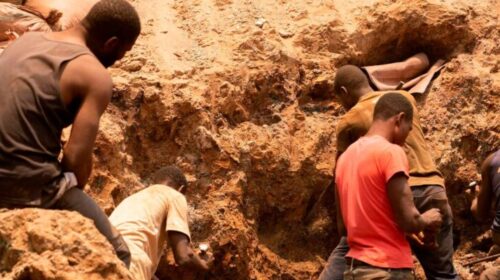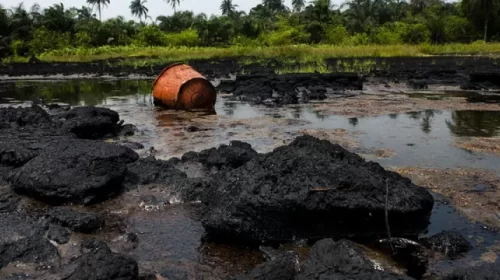Minister highlights Zimbabwe mining sector’s growth potential
By bringing previously unregulated small-scale miners into the formal fold and introducing incentives for established producers, Zimbabwe has boosted its gold output from about 20 t to 35 t a year over the past five years, with the small-scale miners now contributing 60% to the tally, Information, Publicity and Broadcasting Services Minister Monica Mutsvangwa said on Wednesday August 9th.
Mutsvangwa, who was speaking at a dinner she hosted in Harare for journalists from ten Southern African Development Community countries, said the country’s gold production was projected to double by 2025.
“The mining sector is ripe for faster growth, as gold is literally everywhere in Zimbabwe.”
The media tour, sponsored by private companies but coordinated by the Ministry of Information, Publicity and Broadcasting Services,is aimed at showcasing Zimbabwe as an international tourist destination that also offers attractive investment opportunities in a multiplicity of sectors.
Also taking part in the week-long tour, which ends on Friday, are famous South African celebrities Sello Maake ka Ncube, Pearl Thusi and Sonia Mbele, all of whom undertook to highlight the positives they had observed about Zimbabwe.
Gold is but a part of Zimbabwe’s diverse mineral endowment, which comprises 60 commodities, with most of the reserves located on the 500-km-plus-long Great Dyke geological formation that traverses the country.
The commodities include platinum group minerals (PGMs), of which the Southern African country has the world’s second-largest endowment after South Africa’s.
PGMs production currently takes place at the Zimplats, Mimosa and Unki mines. Zimplats is a subsidiary of South Africa’s Impala Platinum Holdings (Implats), Mimosa is a joint venture (JV) between Implats and Sibanye-Stillwater, while Unki also has South African connections, being a subsidiary of Anglo American Platinum.
Three PGMs projects are currently under development. These include the Darwendale project, in Mashonaland Central project, in which Russia’s Vi Holdings had a 50% stake before pulling out in 2022, following the imposition of Western sanctions in the wake of its invasion of Ukraine. Kuvimba Mining House, an entity that is 65% controlled by the Zimbabwe government, now has full control of the project’s developer, Great Dyke Investments.
The second PGMs project, Karo, is being developed by South Africa’s Tharisa Resources in the Midlands province and is scheduled to deliver the first ore to the mill in the second half of 2024.
The third is Mupani mining project, being developed in Mashonaland West project by Implats.
Zimbabwe also hosts a significant ferrochrome endowment, ranking in the top three globally in terms of quantity, while the country is the world’s fourth-largest diamond producer.
It ranks fifth in terms of hard-rock lithium reserves and has a nascent lithium mining industry, having attracted multiple investors into the sector in the past few years and having joined the ranks of lithium concentrate exporters.
“We have Zulu Lithium in Gwanda, in Matabeleland South province; Arcadia Lithium, near Harare; Sabi Star Lithium, in [Manicaland province]; Bikita Minerals, in Masvingo province; Kamativi Lithium, in Matabeleland North province; and plenty other investments,” said Mutsvangwa.
Moreover, China’s Tshinshan Holding Group, a Fortune 500 company, now has a presence in the Southern African country’s carbon steel ecosystem, having opened coke oven blast furnaces at Dinson Collieries in Hwange, in Matabeleland North, in 2022. South African steel giant ArcelorMittal South Africa has started importing coking coal from the new facility, according to Mutsvangwa.
Tshinshan is also developing the $1-billion Manhize integrated steel plant in Mashonaland East province which, when fully operational, will produce 1.2-million tonnes of steel a year.
The Manhize plant is expected to spur on additional investment in power generation to meet its energy needs as well as in water, rail and road infrastructure. It will also lead to the development of a new town.
Moreover, with Australia’s Invictus Energy’s investigations having produced what Mutsvangwa described as “commercially viable findings” at an oil and gas exploration project in north-eastern Zimbabwe, the prospects of the country eventually joining the ranks of oil and gas producers in the region are increasing.
![]()





